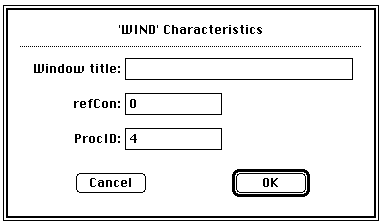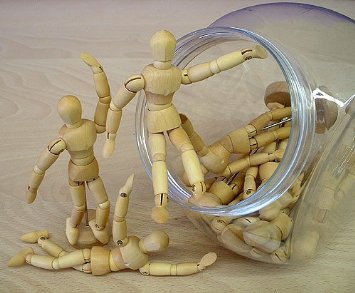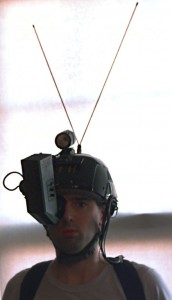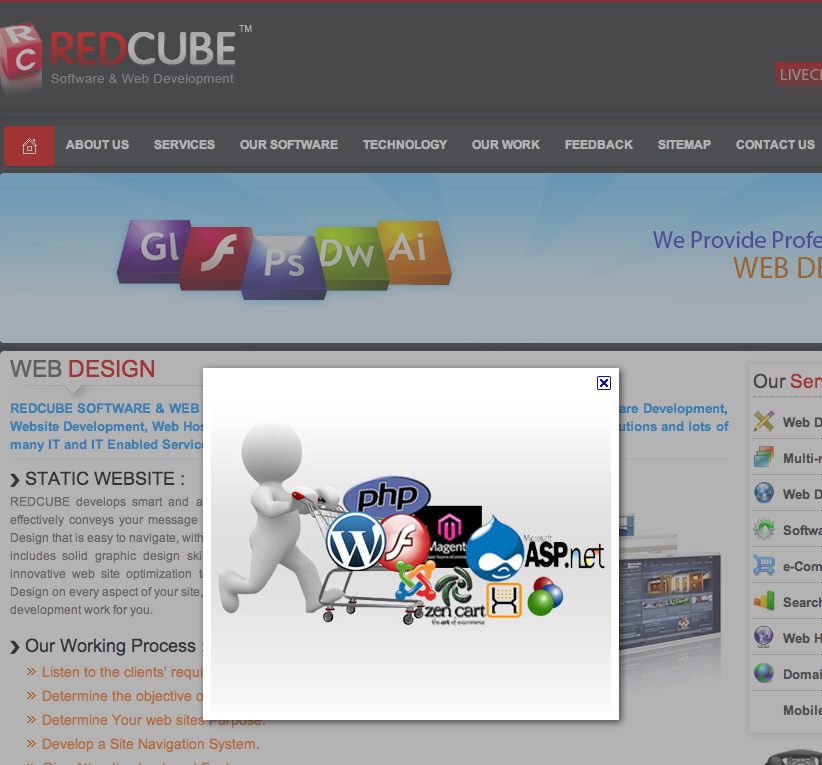Here’s an interesting optical illusion — by focusing on the center point of the image and using peripheral vision to observe the faces, the perception of the faces changes drastically, making what we culturally consider “beautiful people” into grotesque masks. In particular, watch the eyes. The eyes seem to grow in size and in proportion to the face. The effect in more pronounced with brown eyes.
Interface Design
What does the product feel and look like?
Conceptual Design, Errors, Featured, Interaction Design, Interface Design, Perception, Perceptual Blindness, Perceptual Focus Errors, Pipsqueak Articles, Product Design Strategy
Where to post the “OK” Button on the Screen?
by Olga Werby •

I have very strong opinions about where on the screen the OK or NEXT or SUBMIT buttons go in relation to CANCEL. Without giving it away, I’m going to walk through the design decision tree and provide a lot of references for both sides of the issue — yes, there are strong feelings about the right versus the left position choice. I’m not alone! Passive versus Active Buttons Active Buttons are the ones that advance the action to the next level. Passive ones return the users to previous state, negate the action sequence. OKAY, OK, NEXT, SUBMIT, ACCEPT, GO are all active buttons. CANCEL, BACK, PREVIOUS are action that reverse forward momentum and push the user to places they’ve been before. HELP and INFO sidetrack the user and distract from forward thrust of activity. In general, product designers want to move the users toward their goals — thus we want the perceptual focus to be on the action buttons. We want to make sure that users fist see the way forward, and then click on the right button that propels them forward to completion of the task. All distractions and side movements should be downplayed with Interface Design with the…
Conceptual Design, Interaction Design, Interface Design, Perception, Pipsqueak Articles, Product Design Strategy, Scaffolding
Alternative Haptic Interface for 3D Animation and Drawing
by Olga Werby •

Qumarion built a prototype of a mannequin input device for intuitive 3D manipulation. For many years, artists used little wood manikins to help them with perspective and body positioning. 3D artists also used them for references, but there was no way translate directly from haptic manipulation of a little wooden figure into x, y, and z position in virtual space. Now there is:
Interface Design, Pipsqueak Articles, Product Design Strategy
Of Fish and Men
by Olga Werby •
Conceptual Design, Diagnostic Errors, Interaction Design, Interface Design, Perception, Pipsqueak Articles, Product Design Strategy, Scaffolding
Design Solution to Real World Problem — Speeding!
by Olga Werby •

Knowing something about behavior, visual processing, and human nature, designers can nudge users into doing the right (or in this case, lawful) action. Speeding is a problem all over the world. People are notorious for underestimating the real amount of time it takes to get places they need to be. Traffic congestion, car problems, detours, and other (un)foreseen events can make a huge difference in time variability of getting from one place to another. The problem, though, is that we can’t really force people to leave on time or drive the speed limit when the drivers think that no one is looking. So with the law on our side, we can create other ways of forcing people to behave lawfully by changing environmental conditions and relying on human nature not to do what’s right, but to do what they think they have to based on circumstance. Here are a few creative ways of solving the speeding problem on our streets. Using Visual Processing Errors to Slow Traffic Canadian drives misdiagnose the problem and try to drive straddling the “hole” in the road. Everyone is successfully slowed down. The Fake Traffic Cop Threat as a Speeding Deterrent In general, people tend…
Conceptual Design, Interaction Design, Interface Design, Perception, Pipsqueak Articles, Product Design Strategy, Scaffolding, Users
Special Preview: Wearable Computing (Steve Mann)
by Olga Werby •

The next chapter in the Interaction-Design.org tome on human-computer interaction design is now up for an early review to my readers. This chapter takes on Wearable Computing and is written by Steve Mann. Mostly, this is a historical review of Prof. Mann’s experimentations with wearable computing devices, and for those unfamiliar with this subject area, this is an interesting introduction. On the left, you can see an early version of wearable computing: Steve Mann’s backpack based system from the late 1970’s and early 1980’s. But as always, I have a slightly different take on this topic… The Little Mac That Saved My Son’s Life Almost 18 years ago, I went into a preterm labor. At 24 and a half weeks into gestation, this was very scary. At the time, San Francisco Children’s Hospital was pioneering a program for high risk pregnancies (which mine just turned out to be). Two doctors, Dr. Kuts and Dr. Maine, figured out how to use an old Mac SE, a modem, a telephone, a subcutaneous pump, and a belt which measures contractions to allow women like me to stay at home as much as we could (as opposed to spending months in the hospital). Here’s…
Cultural Bias, Cultural Differences, Interface Design, Language, Mirroring Errors, Personality, Pipsqueak Articles
Flattery — the Social Lubricant
by Olga Werby •
Gentle Readers, As you have been undoubtably aware for some time, this blog aims for audience with well above average vocabulary and IQ. You and your fellow readers are a very select group with strong interest in science and product design. You are scientists, engineers, and intellectuals. You have an amazing sense of style and fashion. You are able to see patterns and spot details that escape most of those around you. How do I know? I can see the strong engagement with the material on this blog — it’s all there in black and white numbers provided helpfully by Google day in and out. Some of you might think this letter cynical. But all of you know that this content appeals directly your amygdala — you are as happy to be recognized for your brilliance as I’m for your continued readership of my writing. You all know you are special, and you want to be acknowledged as such by those around you. And not only are you all above average, you are also extraordinarily lucky. Some might call this the “optimism bias”, but you and I know that your chances of success are much higher than the average Joe…

